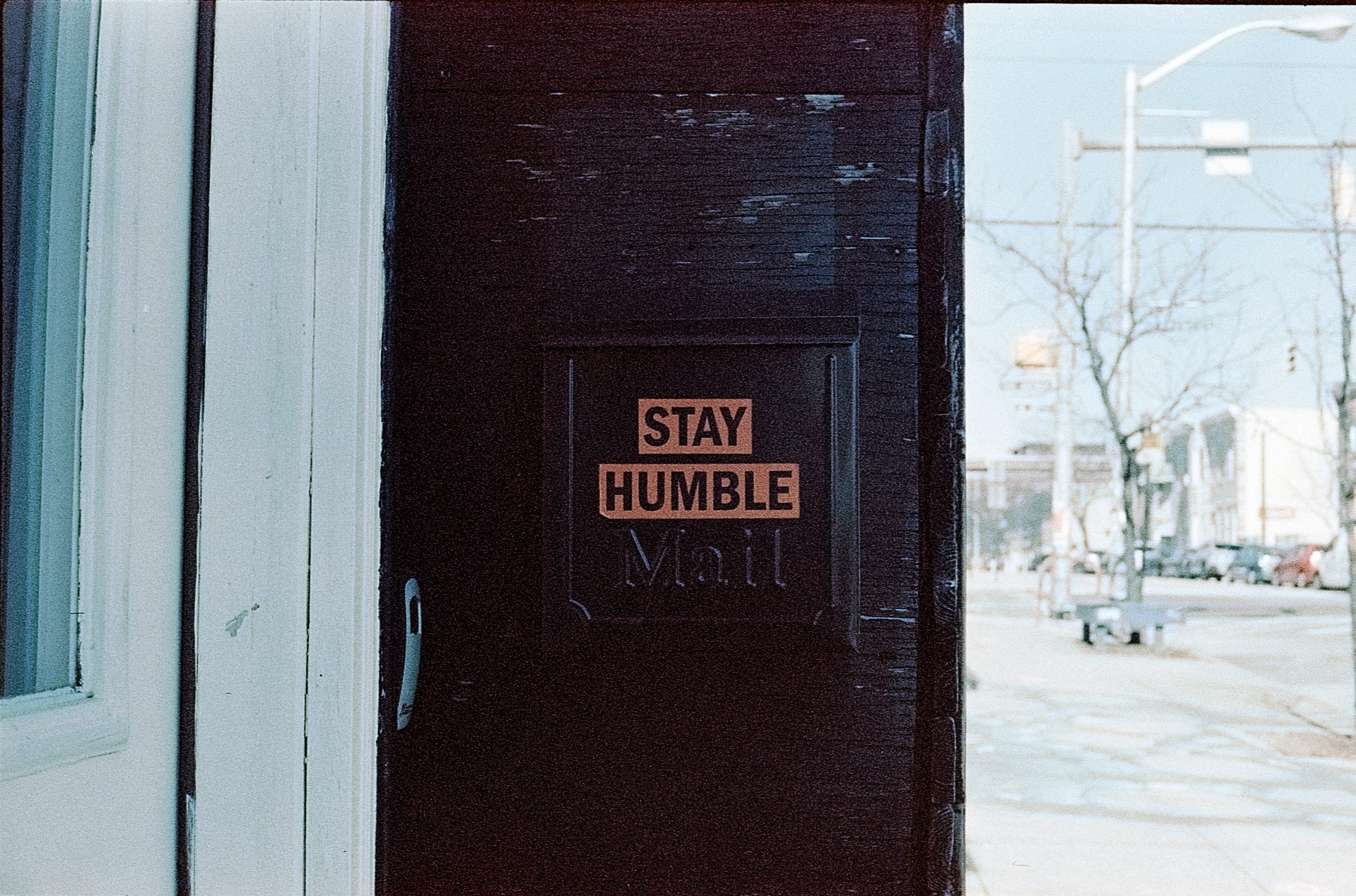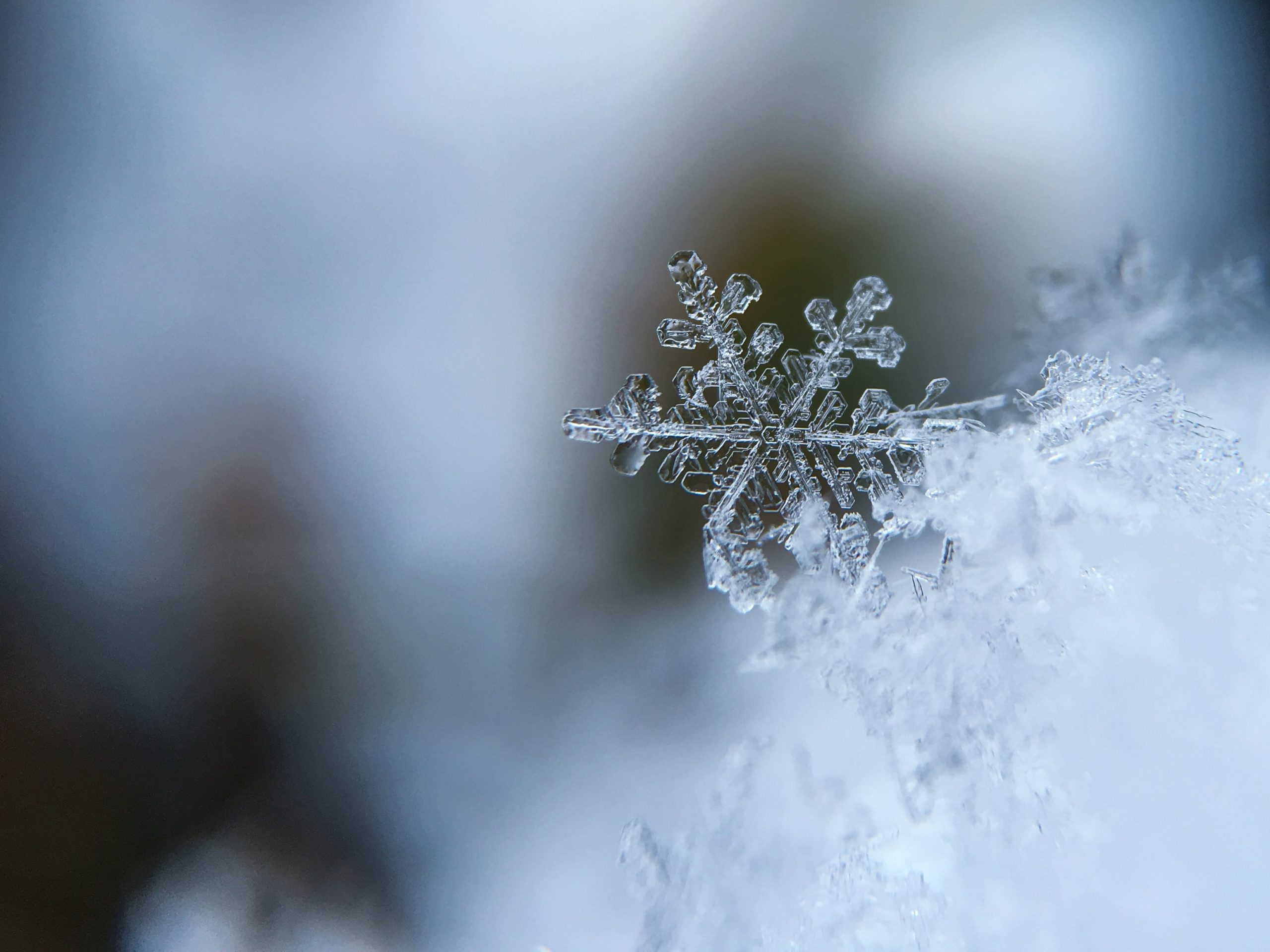
I often say that there are only six colors: blue, green, red, yellow, orange, and purple. You wouldn’t think so, but this upsets a lot of people. On the low end, people will point to a box of 64 crayons. Others say there are infinite colors. If you count black, white, and gray (not really colors, but I don’t have time to explain that now), I can get up to nine, but I’m nowhere near everyone else.
Most people say that there are only five tastes: sweet, salty, sour, bitter, and umami. I can’t even wrap my head around that. I sense more than that in an off-brand granola bar. People insist, though. They claim that what I’m tasting is combinations of the five tastes, not many different tastes. I have questions.
For starters, why are they different? You could easily say that there are only three colors and everything we see is just combinations of those colors. People act like that’s absurd, but what we call green is just a combination of yellow and blue. If a chocolate covered pretzel isn’t a distinct taste, just a combination of sweet and salt with a hint of bitter, why is orange a distinct color?
I can see where naming all the gradients of color can be helpful for some people, artists and designers and such. It could get annoying talking to other artists, “I need reddish-blue. No, more red. More red. Ok, maybe it’s bluish-red. No, more blue.” But, wouldn’t the equivalent be useful for chefs and the like? “More salt. More. More. Too much.” That’s what we do now. Couldn’t we come up with names for the sweet/salty combination of bacon to separate it from salted caramel? I know I’m sensing something different even though we use the same words.
Ok, that didn’t take much time. For me, calling black, white, and gray colors is like calling crunchy, moist, or cold flavors. They certainly impact the experience in an important way, but it feels different to me. Oh, what about brown? That’s a combination of red, yellow, and blue.







